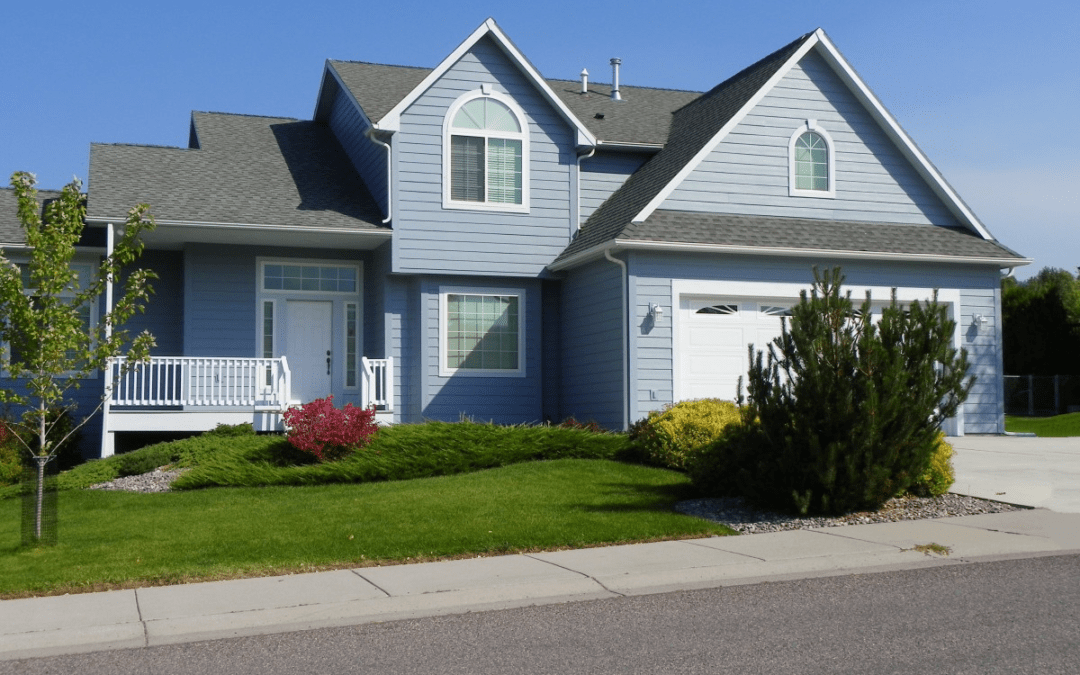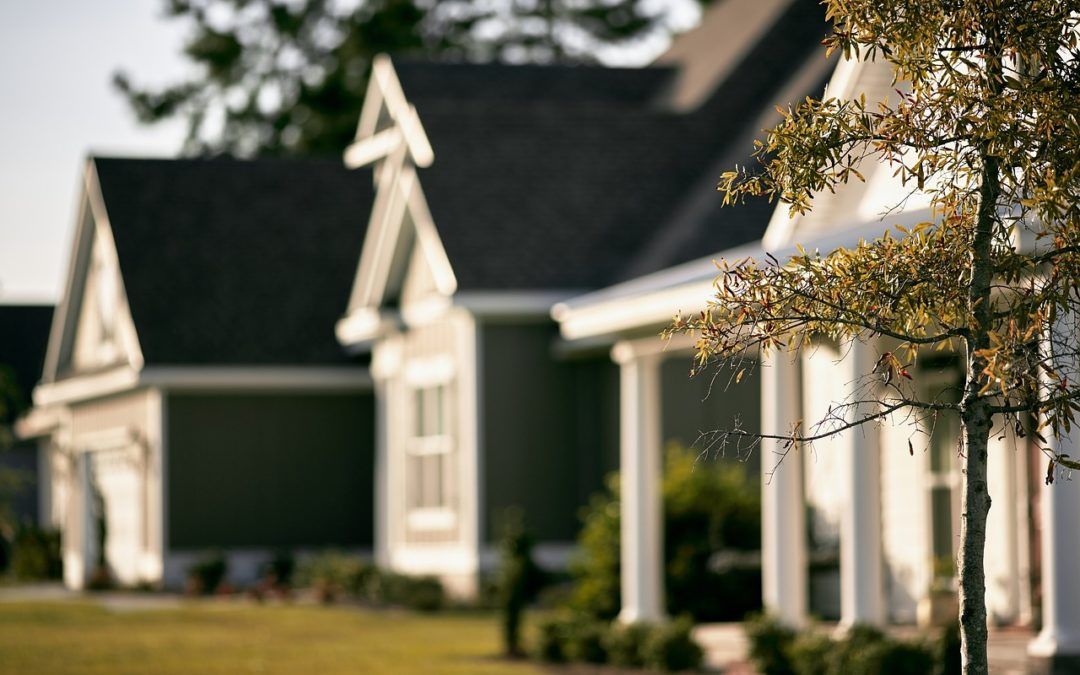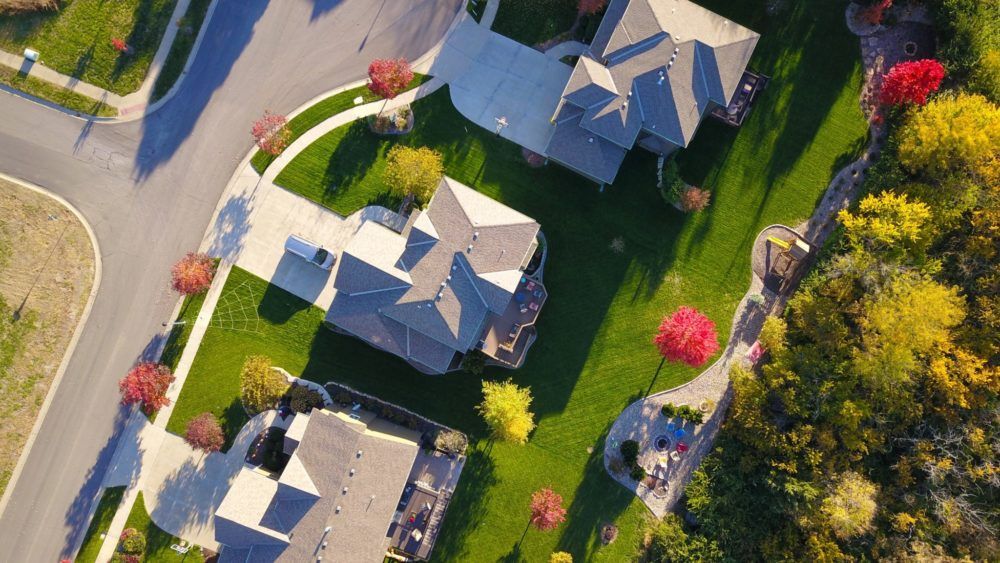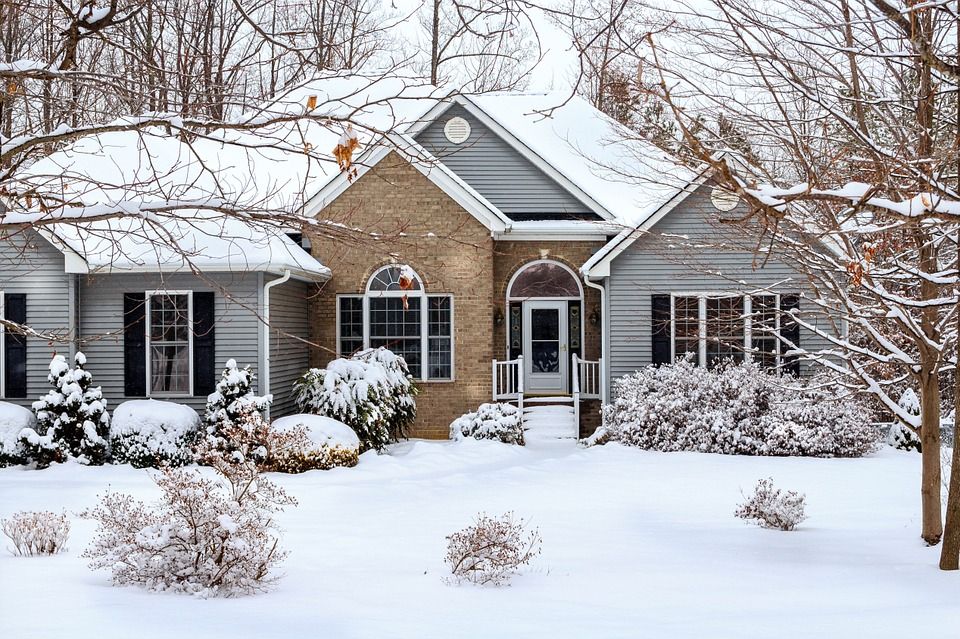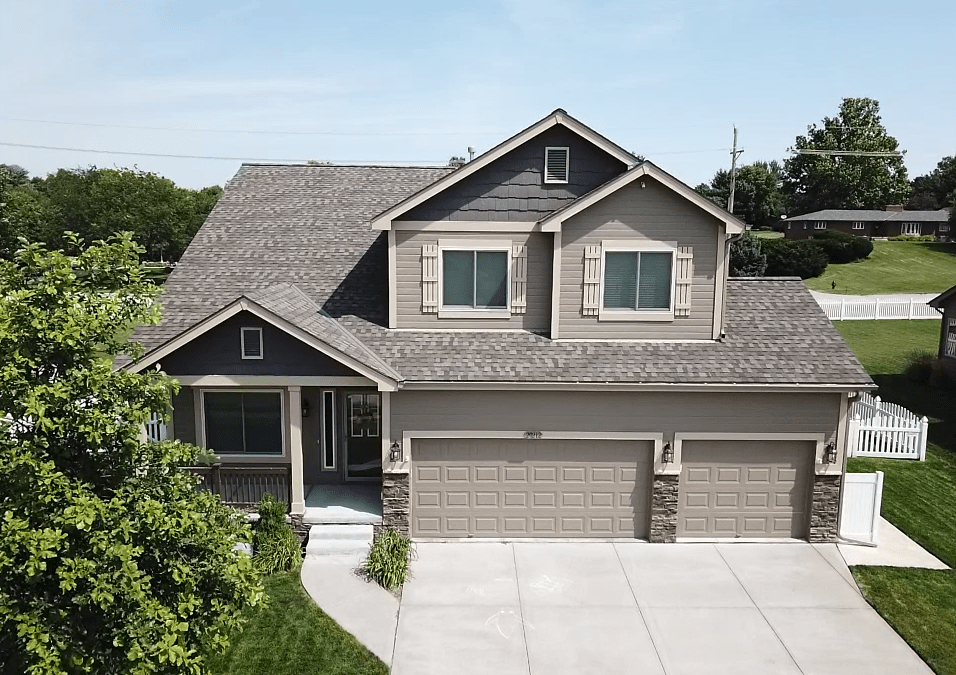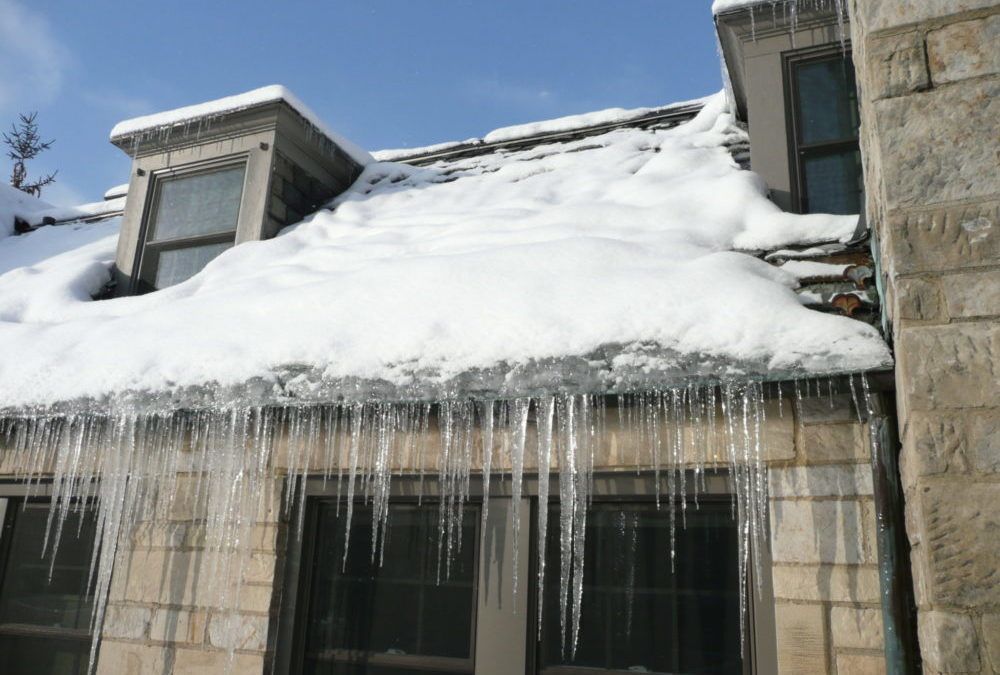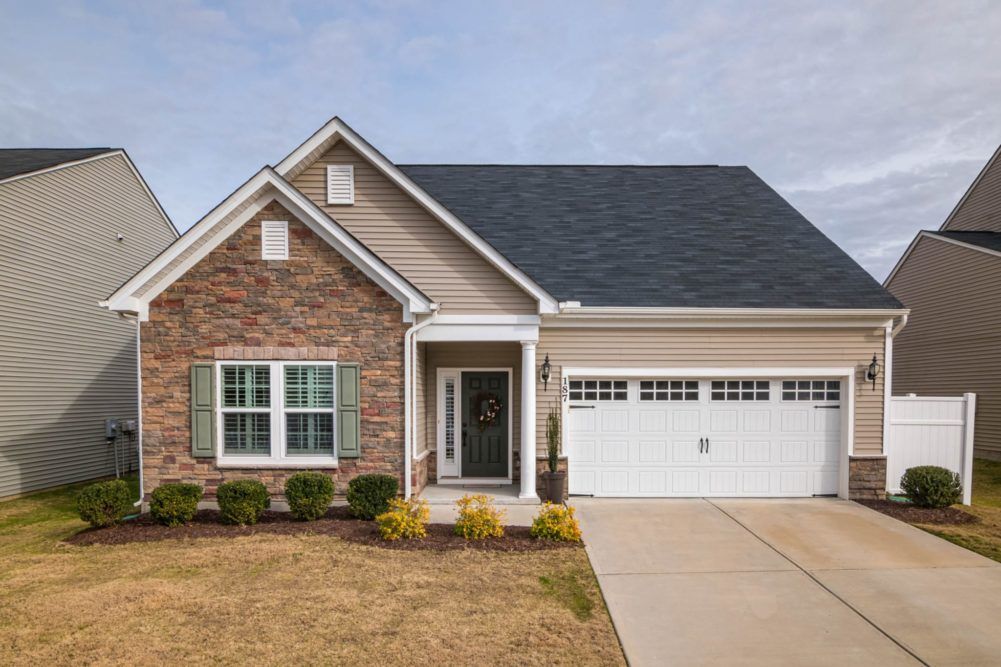
Finding the Best Option
If you want to improve the exterior appearance of your home, there is no better way than to install new siding. The right siding will make your home stand out, look newer, and protect it from the elements. It can also be a huge time-saver if you’re upgrading to maintenance-free materials. But how do you make the right choice for your home? How do you choose materials that are both attractive and of the highest quality while still fitting within your budget? Here are some tips that will help you out:
What is Your Goal?
To determine which type of siding you should choose, you first need to identify your reason for getting new siding. Do you want to go low-maintenance so you no longer have to worry about painting or staining the exterior of your home? Do you want extremely durable materials that will last for decades? Is your budget the largest concern?
If cost is at the top of your list, wood and vinyl are the options that carry the lowest costs. However, while vinyl continues to save you money with its low-maintenance aspects, wood will not. While wood carries a smaller up-front cost, you will be spending money down the road on repairs and maintenance. Vinyl, while not as durable as some other materials, is usually the best choice for those on a fixed budget.
If durability and low-maintenance are your first concerns, you may want to look into steel or fiber cement. Both of these have a higher up-front cost (fiber cement is at the highest end of the cost spectrum), but both require little to no maintenance, are very durable, and will not have to be replaced for decades.
What Look Are You Trying to Achieve?
Siding is just as much about appearance as it is about protecting your home. Different types of siding not only look different, but they also offer varying levels of customization. Are you the type who wants your home to blend in with the neighbors or do you seek to stand out?
If you’re the type of home owner who wants a lot of options when it comes to customization, vinyl and wood are usually the best options. These types of siding come in hundreds of color choices and, in the case of vinyl, in many different textures. On the other hand, fiber cement and steel come in a more limited range of colors.
What Are Your Future Plans and Where Do You Live?
The final considerations when you’re choosing siding for your home are where you live and what you plan to do with your home in the future. Here in the Midwest, our cold climate can cause wood siding to expand and crack, which means extra maintenance. Vinyl holds up better, but can still be affected by very cold temperatures. As you know, we also get hot weather here as well as cold, and the heat can also do a number on both vinyl and wood siding. If you’re looking for the best choice to stand up to the cold and the heat, steel and fiber cement are at the top of the list.
Now think about the future. Do you plan to live in your current home for the rest of your life? If so, feel free to choose a custom color or texture that may not appeal to the masses. If you think you’ll get tired of it, choose a lower-cost vinyl option with the plan to re-do it in a decade or so when you get tired of it. If selling your home is on the agenda, though, you need to think a little differently. Choose a color of siding that will appeal to the most people (think neutrals) and fit in with the rest of the neighborhood. If you plan to sell in the next couple of years, vinyl will likely still look great at that time without a big up-front cost. If selling your home likely won’t happen for at least 10 or more years, choose steel or fiber cement. These will hold their value and still add plenty of resale value even if you don’t plan to sell for a decade or more.
Still not sure which choice is for you? Contact one of our knowledgeable siding experts at Hometown Roofing. We’d be happy to walk you through the pros and cons of each option.

